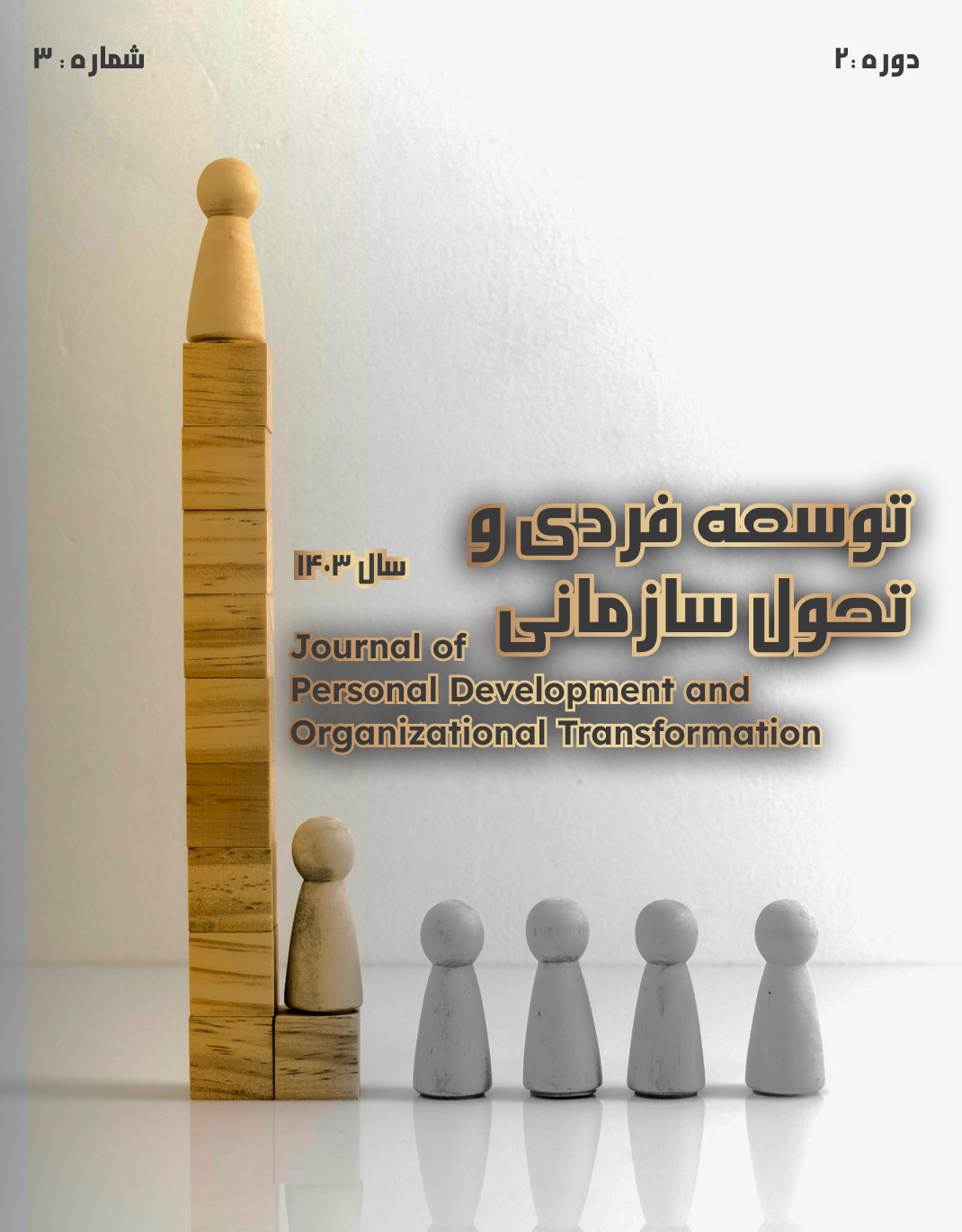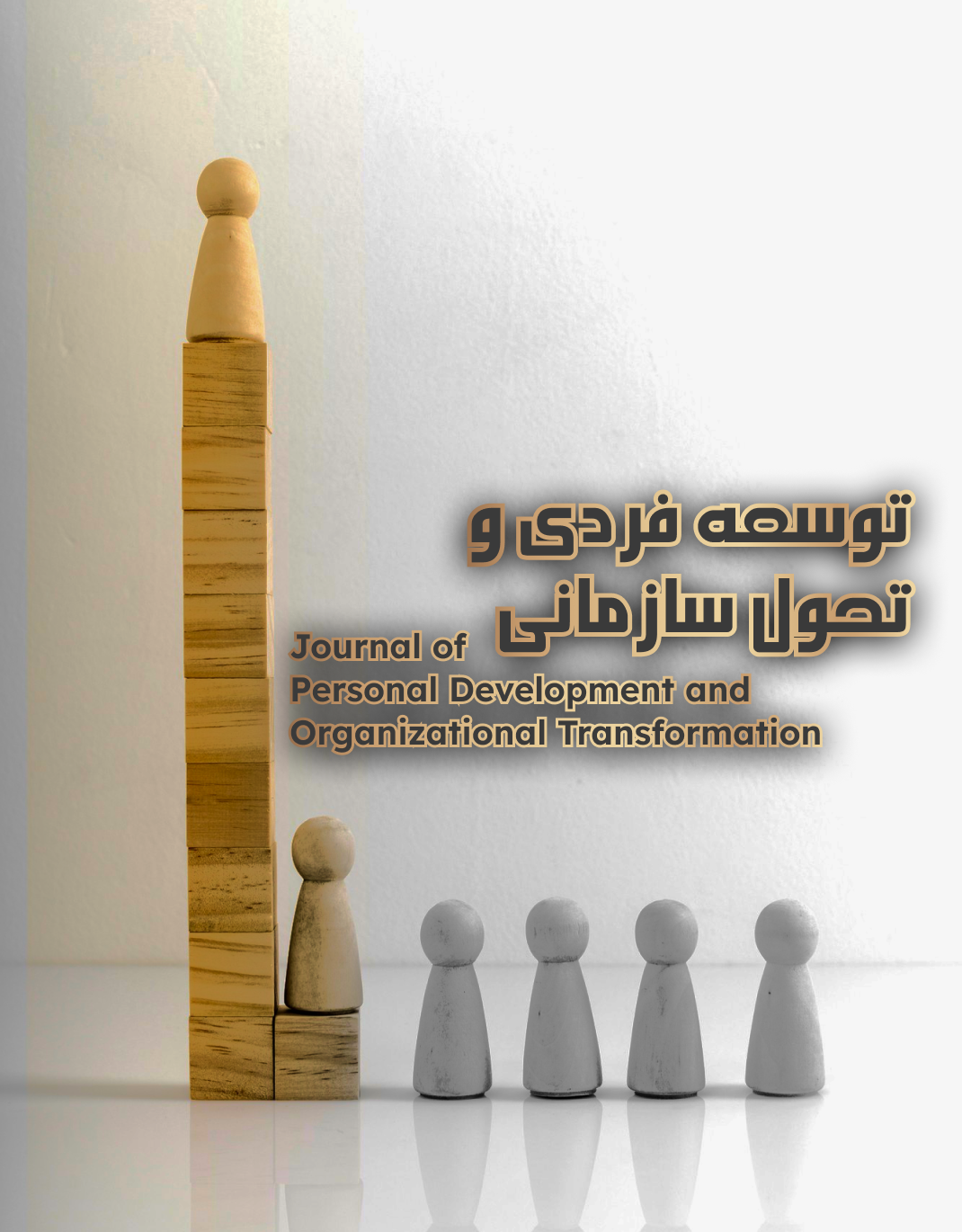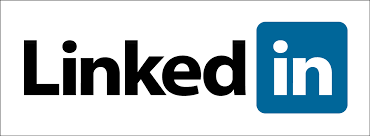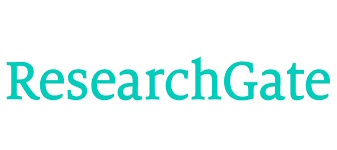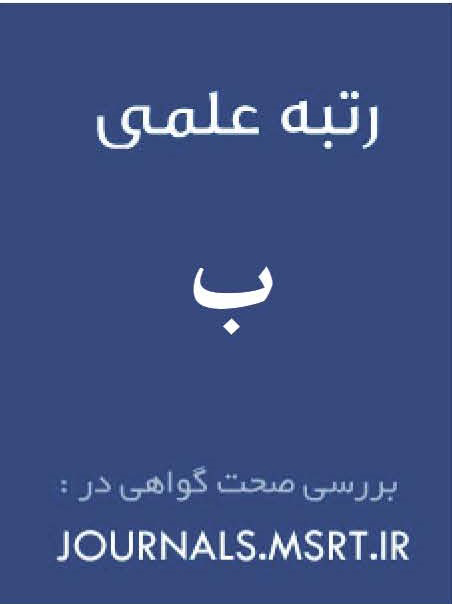بررسی تاثیر بازارگرایی و نیروهای پنج گانه رقابت پذیری مایکل پورتر بر عملکرد شرکتهای مونتاژ خودروهای وارداتی (مورد مطالعه شرکت کرمان موتور)
کلمات کلیدی:
بازرگرایی, رقابت پذیری, مایکل پورتر, عملکرد, کرمان موتورچکیده
بر اساس تحقیقاتی که در این چند دهه اخیر بر روی بازارگرایی انجام شده است به نتایج مثبت و مطلوبی رسیده است و اکنون محققان بر این باور شده اند که علاوه بر بازاریابی، بازارگرایی هم نقش عمدهای در عملکرد سازمانها ایجاد میکند. با وجود عدم توجه سازمانها و شرکتهای خدماتی به مشتریان، رقبا و بازارگرایی، موجب کاهش مزیت رقابتی و در نتیجه عملکرد پایین سازمانها شده است. اینكه چگونه یك بنگاه میتواند توان رقابتی خود را افزایش دهد، مسالهای است كه این مقاله به آن خواهد پرداخت. لذا هدف این تحقیق بررسی تاثیر بازارگرایی و نیروهای پنج گانه رقابت پذیری مایکل پورتر بر عملکرد کرمان موتور نی باشد. این تحقیق از نوع پیمایشی و کاربردی میباشد و با از پرسشنامه بعنوان ابزار گردآوری اطلاعات استفاده و بعد از مطالعه کتب. مقالات. و مصاحبه با خبرگان شاخصهای مورد شناسایی قرار گرفت. و پس از انجام تجزیه و تحلیلهای استنباطی دادهها که شامل بررسی معنیداری گویههای پرسشنامه با توجه به عاملها، بررسی رابطه بین متغیرهای آشکار و پنهان در نظر گرفته شد، صحت فرضیات پژوهش و مدلسازی روابط بین متغیرمستقل و وابسته با استفاده از روش معادلات ساختاری تایید گردید و در نهایت تمامی فرضیات مطرح شده اثبات و مولفههای رقابت پذیری بر مبنای الگوی مایکل پورتر و بازرگرایی بر مبنای الگوی نارور و اسلاتر مورد ارزیابی قرار گرفت و مولفههای تاثیر گذار بر عملکرد این شرکت به ترتیب عرضه کنندگان(0.78)؛ تازه واردها (0.71)؛ رقیب گرایی (0.69)، کالاهای جایگزین (0.66)، مشتری گرایی (0.61)، خریداران (0.51)، هماهنگی بین بخشی (0.43)، و رقبای موجود (0.41) به دست آمد. بنابراین این شرکت میتواند با تمرکز بر متغییرهایی که از اولویت برخوردارند، عملکرد خود را بهبود بخشیده و توان رقابتی خود را از این طریق افزایش دهد.
دانلودها
مراجع
Ali, B. J. (2021). Assessing the Impact of Advertisement on Customer Decision Making: Evidence from an Educational Institution. Afak for Science Journal, 6(1), 267-280. https://papers.ssrn.com/sol3/papers.cfm?abstract_id=3764088
Andavar, V., & Ali, B. (2020). Rainwater for Water Scarcity Management: An Experience of Woldia University (Ethiopia). The Journal of Business Economics and Environmental Studies, 10(4), 29-34. https://papers.ssrn.com/sol3/papers.cfm?abstract_id=3732441
Barney, M. (2021). Key Intelligence Topics in Competitive Intelligence and Global Business. Westport, Connecticut: Greenwood.
Chavoshi, K., & Javadipour, M. (2019). Studying the relationship between competitive intelligence and the performance of companies listed on the Tehran Stock Exchange. Quarterly Journal of Business Management Perspectives, University of Tehran, 9(11), 97-81. https://jbmp.sbu.ac.ir/article_94702.html
Gatibu, J., & Kilika, J. (2017). Competitive intelligence practices and performance of Equity Bank in Kenya. International Academic Journal of Human Resource and Business Administration, 2(4), 219-239. https://ir-library.ku.ac.ke/items/a0a4ccee-ca5f-4d94-8085-0b49155ff0a3
Ghafari Ashtiani, P., Zanjerdar, M., & Panahi Vanani, M. (2013). Investigating the Effect of Communication Quality and Understanding with the Customer on Positive Word of Mouth. Marketing Management, 8(18), 1-19. https://www.noormags.ir/view/fa/articlepage/1051922/
Hendar, H., Ratnawati, A., Ab Razak, W. M. W., & Abdullah, Z. (2020). Market intelligence on business performance: The mediating role of specialized marketing capabilities. Journal of Intelligence Studies in Business, 47(12), 243-244. https://doi.org/10.37380/jisib.v1i1.562
Koriyow, O. I., & Karugu, L. (2018). Competitive intelligence strategies and performance of commercial banks in Garrisa County, Kenya. International Academic Journal of Human Resource and Business Administration, 3(1), 371-394. https://iajournals.org/articles/iajhrba_v3_i1_371_394.pdf
Kumar, V., Saboo, A. R., Agarwal, A., & Kumar, B. (2020). Generating competitive intelligence with limited information a case of the multimedia industry. Production and Operations Management, 29(1), 192-213. https://doi.org/10.1111/poms.13095
López-Robles, J. R., Otegi-Olaso, J. R., Arcos, R., Gamboa-Rosales, N. K., & Gamboa-Rosales, H. (2018). Mapping the Structure and Evolution of JISIB: A Bibliometric Analysis of Articles Published in the Journal of Intelligence Studies in Business Between 2011 and 2017. Journal of Intelligence Studies in Business, 8(3), 1-12. https://doi.org/10.37380/jisib.v8i3.362
Razavi, S. M., Ahmadpour Dariani, M., & Shahriari, S. A. (2014). Designing a conceptual model of entrepreneurial strategies based on the configuration approach. Entrepreneurship Development, 7(1), 55-37. https://jed.ut.ac.ir/article_51554.html?lang=en
Rezai Dolatabadi, H., & Alian, M. (2015). The Effect of Entrepreneurial Orientation and Competitive Strategy on Market Orientation in Improving Performance and Creating Sustainable Competitive Advantage. Entrepreneurship Development, 8(1), 100-181. https://jed.ut.ac.ir/article_55470.html?lang=en
Sehat, S., & Yarahmadi, M. (2015). Investigating the impact of strategic leadership on company performance (case study; companies listed on Tehran Stock Exchange). Organizational Culture Management, 13(4), 1057-1065. https://jomc.ut.ac.ir/mobile/article_55428.html?lang=en
Shokrollahi, M., Eftekhari, E., Mostahfezian, M., & Zahedi, H. (2024). Adoption of Strategies of Electronic Digital Innovation and Transformation and New Information Technologies Via Application of AI based on Organizational Culture Within Commercial Companies. Power System Technology Journal, 48(2), 418.
Varzian, S. Y., & Yadolahi, S. (2019). Presenting a model for measuring external organizational intelligence: A perspective from the dimensions of technological intelligence. Journal of Business Administration, Faculty of Management, University of Tehran, 5(3), 82-57.
دانلود
چاپ شده
ارسال
بازنگری
پذیرش
شماره
نوع مقاله
مجوز
حق نشر 2024 Mohammad Reza Afshari

این پروژه تحت مجوز بین المللی Creative Commons Attribution-NonCommercial 4.0 می باشد.
